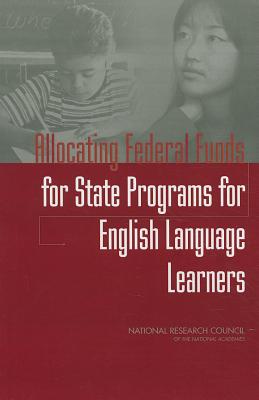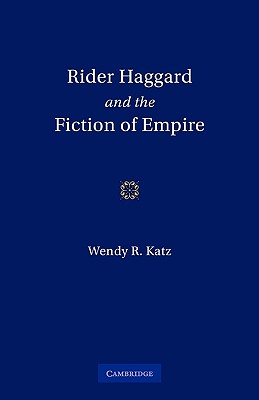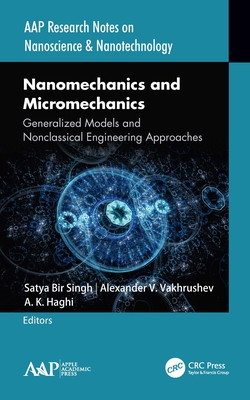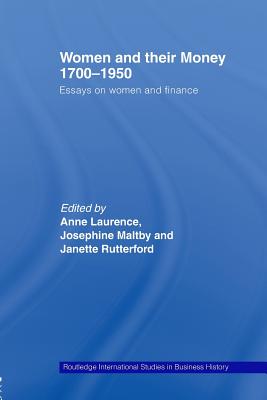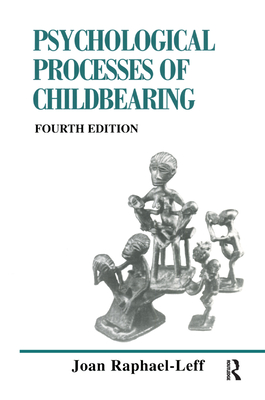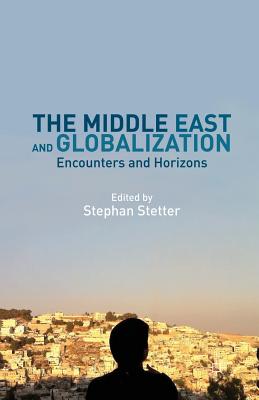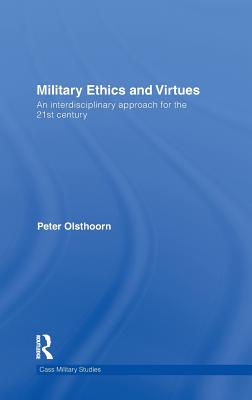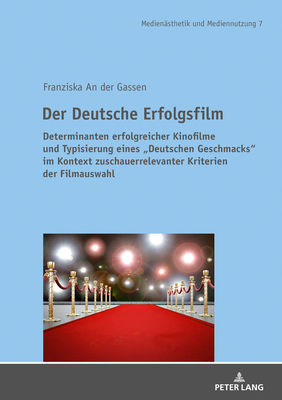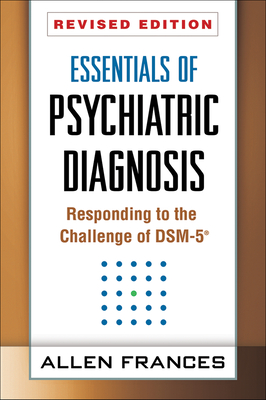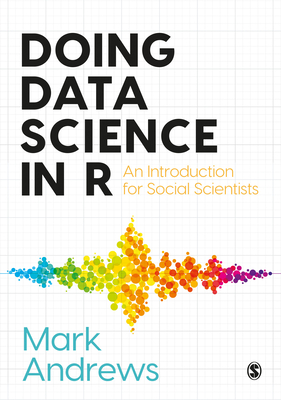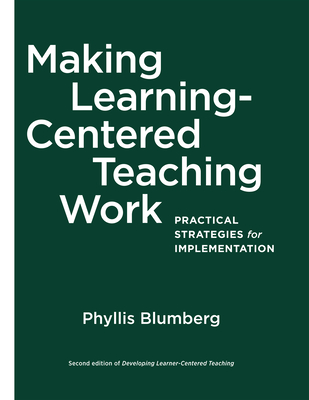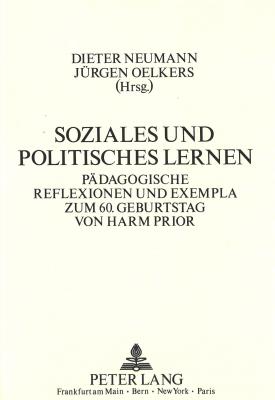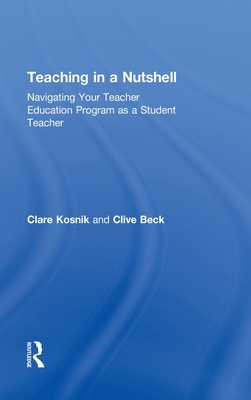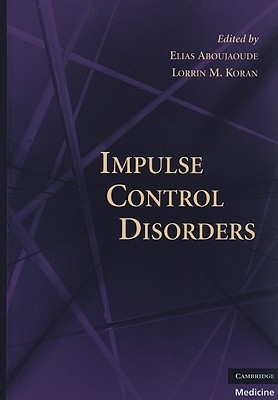As the United States continues to be a nation of immigrants and their children, the nation''s school systems face increased enrollments of students whose primary language is not English. With the 2001 reauthorization of the Elementary and Secondary Education Act (ESEA) in the No Child Left Behind Act (NCLB), the allocation of federal funds for programs to assist these students to be proficient in English became formula-based: 80 percent on the basis of the population of children with limited English proficiency and 20 percent on the basis of the population of recently immigrated children and youth. Title III of NCLB directs the U.S. Department of Education to allocate funds on the basis of the more accurate of two allowable data sources: the number of students reported to the federal government by each state education agency or data from the American Community Survey (ACS). The department determined that the ACS estimates are more accurate, and since 2005, those data have been basis for the federal distribution of Title III funds. Subsequently, analyses of the two data sources have raised concerns about that decision, especially because the two allowable data sources would allocate quite different amounts to the states. In addition, while shortcomings were noted in the data provided by the states, the ACS estimates were shown to fluctuate between years, causing concern among the states about the unpredictability and unevenness of program funding. In this context, the U.S. Department of Education commissioned the National Research Council to address the accuracy of the estimates from the two data sources and the factors that influence the estimates. The resulting book also considers means of increasing the accuracy of the data sources or alternative datasources that could be used for allocation purposes.
As the United States continues to be a nation of immigrants and their children, the nation's school systems face increased enrollments of students whose primary language is not English. With the 2001 reauthorization of the Elementary and Secondary Education Act (ESEA) in the No Child Left Behind Act (NCLB), the allocation of federal funds for programs to assist these students to be proficient in English became formula-based: 80 percent on the basis of the population of children with limited English proficiency1 and 20 percent on the basis of the population of recently immigrated children and youth. Title III of NCLB directs the U.S. Department of Education to allocate funds on the basis of the more accurate of two allowable data sources: the number of students reported to the federal government by each state education agency or data from the American Community Survey (ACS). The department determined that the ACS estimates are more accurate, and since 2005, those data have been basis for the federal distribution of Title III funds. Subsequently, analyses of the two data sources have raised concerns about that decision, especially because the two allowable data sources would allocate quite different amounts to the states. In addition, while shortcomings were noted in the data provided by the states, the ACS estimates were shown to fluctuate between years, causing concern among the states about the unpredictability and unevenness of program funding. In this context, the U.S. Department of Education commissioned the National Research Council to address the accuracy of the estimates from the two data sources and the factors that influence the estimates. The resulting book also considers means of increasing the accuracy of the data sources or alternative data sources that could be used for allocation purposes. Table of ContentsFront MatterSummary1 Introduction2 American Community Survey Estimates3 Quality and Comparability of State Tests of English Language Proficiency4 State Procedures for Identifying and Classifying English Language Learners5 Comparison of American Community Survey Estimates and State Counts6 Comparability of Estimates of Immigrant School-Age Children7 Decision Criteria and RecommendationsReferences and BibliographyAppendix A: Review of English Language Proficiency TestsAppendix B: Biographical Sketches of Panel Members and StaffCommittee on National StatisticsBoard on Testing and Assessment
As the United States continues to be a nation of immigrants and their children, the nation's school systems face increased enrollments of students whose primary language is not English. With the 2001 reauthorization of the Elementary and Secondary Education Act (ESEA) in the No Child Left Behind Act (NCLB), the allocation of federal funds for programs to assist these students to be proficient in English became formula-based: 80 percent on the basis of the population of children with limited English proficiency1 and 20 percent on the basis of the population of recently immigrated children and youth.
Title III of NCLB directs the U.S. Department of Education to allocate funds on the basis of the more accurate of two allowable data sources: the number of students reported to the federal government by each state education agency or data from the American Community Survey (ACS). The department determined that the ACS estimates are more accurate, and since 2005, those data have been basis for the federal distribution of Title III funds.
Subsequently, analyses of the two data sources have raised concerns about that decision, especially because the two allowable data sources would allocate quite different amounts to the states. In addition, while shortcomings were noted in the data provided by the states, the ACS estimates were shown to fluctuate between years, causing concern among the states about the unpredictability and unevenness of program funding.
In this context, the U.S. Department of Education commissioned the National Research Council to address the accuracy of the estimates from the two data sources and the factors that influence the estimates. The resulting book also considers means of increasing the accuracy of the data sources or alternative data sources that could be used for allocation purposes.
Get Allocating Federal Funds for State Programs for English Language Learners by at the best price and quality guranteed only at Werezi Africa largest book ecommerce store. The book was published by National Academies Press and it has pages. Enjoy Shopping Best Offers & Deals on books Online from Werezi - Receive at your doorstep - Fast Delivery - Secure mode of Payment
 Jacket, Women
Jacket, Women
 Woolend Jacket
Woolend Jacket
 Western denim
Western denim
 Mini Dresss
Mini Dresss
 Jacket, Women
Jacket, Women
 Woolend Jacket
Woolend Jacket
 Western denim
Western denim
 Mini Dresss
Mini Dresss
 Jacket, Women
Jacket, Women
 Woolend Jacket
Woolend Jacket
 Western denim
Western denim
 Mini Dresss
Mini Dresss
 Jacket, Women
Jacket, Women
 Woolend Jacket
Woolend Jacket
 Western denim
Western denim
 Mini Dresss
Mini Dresss
 Jacket, Women
Jacket, Women
 Woolend Jacket
Woolend Jacket
 Western denim
Western denim
 Mini Dresss
Mini Dresss



